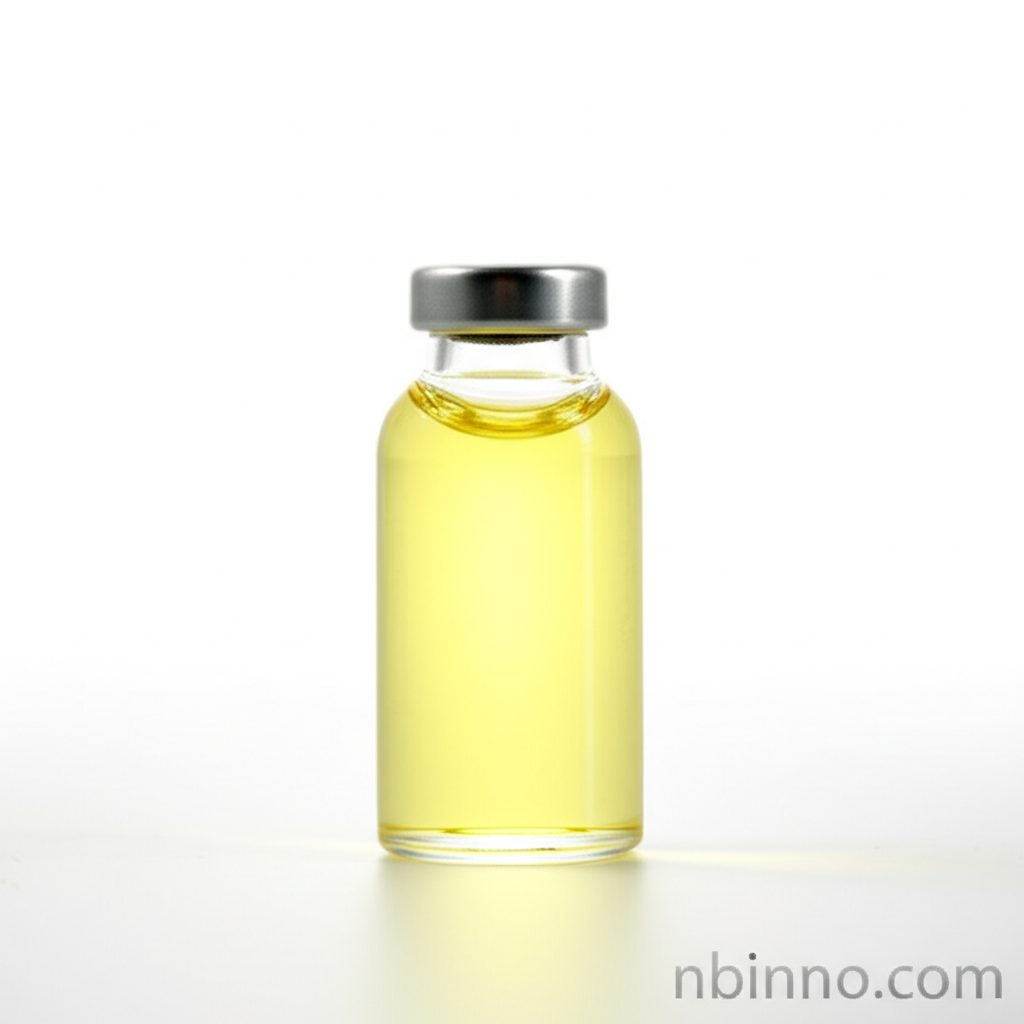1,4-Bis((2,3-Epoxypropoxy)methyl)cyclohexane: A Versatile Diepoxide for Advanced Electronic and Polymer Applications
Unlocking innovation in electronics and materials with a unique difunctional epoxy monomer.
Get a Quote & SampleProduct Core Value

1,4-Bis((2,3-epoxypropoxy)methyl)cyclohexane
This difunctional epoxy compound, characterized by its cyclohexane core, offers exceptional versatility for demanding applications in the electronics and advanced materials sectors. Its unique molecular structure contributes to enhanced polymer properties.
- Key in polymer synthesis, this compound is vital for developing materials with improved mechanical properties and thermal stability, as seen in research on hyperbranched polysiloxane.
- It serves as a crucial monomer in the creation of polymer dispersed liquid crystals (PDLC), significantly improving electro-optical properties of films. Leveraging advanced polymer applications is a key benefit.
- The compound's properties make it highly valuable within electronic chemicals for photoresist applications and other specialized uses in the semiconductor industry.
- Its role in UV-curing materials highlights its utility in creating durable and high-performance coatings and adhesives.
Advantages Offered
Enhanced Material Performance
When incorporated into polymer matrices, such as through hyperbranched polysiloxane synthesis, this chemical intermediate significantly boosts mechanical strength and thermal stability, critical for advanced polymer applications.
Improved Electro-Optical Properties
Its application in polymer dispersed liquid crystals demonstrates its capability to enhance film performance, making it a key component in cutting-edge display technologies and electronic materials.
Versatile Chemical Intermediate
As a difunctional epoxy compound, it is ideal for crosslinking and polymerization reactions, underpinning its importance in various electronic chemicals and UV-curing material formulations.
Key Applications
Polymer Dispersed Liquid Crystals (PDLC)
Used as a monomer for synthesizing PDLC films, leading to improved electro-optical properties and novel material structures.
Hyperbranched Polysiloxane
Acts as a raw material to develop new forms of hyperbranched polysiloxane (HBPSi), enhancing mechanical properties and thermal stability.
Photoresist Formulations
Its properties make it a suitable component in advanced photoresist chemicals for the electronics industry, particularly in semiconductor manufacturing.
UV-Curing Materials
A key ingredient in UV-curing systems, contributing to the development of high-performance coatings and adhesives.
Related Technical Articles & Resources
Why Choose Us?
Leverage our expertise and state-of-the-art infrastructure to accelerate your journey from discovery to commercial success.
Global Experience
With 20 years of R&D, manufacturing, and sales experience, we proudly serve clients across 60 countries and regions worldwide.
Advanced Facilities
Our in-house R&D laboratory, pilot platform, and large-scale production workshop are equipped to meet the audit requirements of global customers.
Seamless Scalability
We facilitate a perfect transition from small-scale lab requirements (grams) to full commercialization (hundreds of tons).
